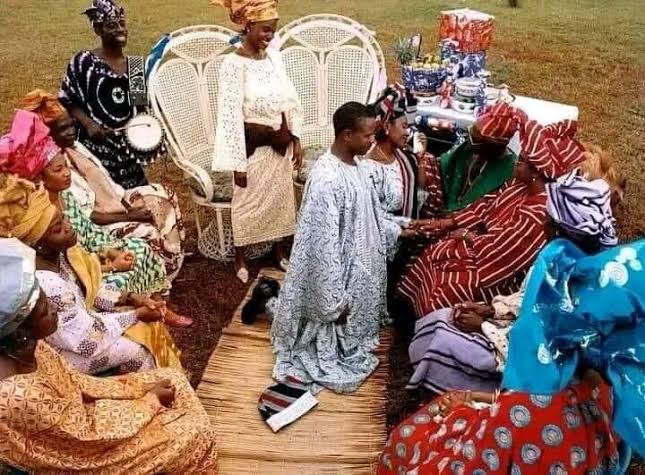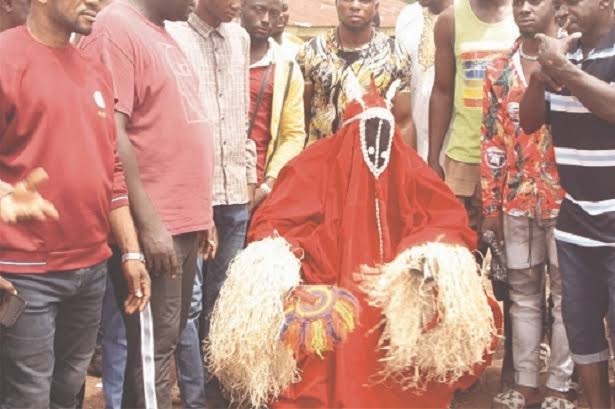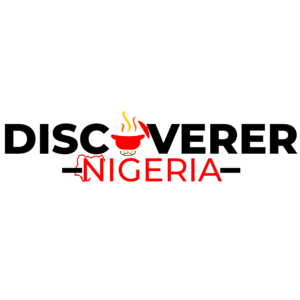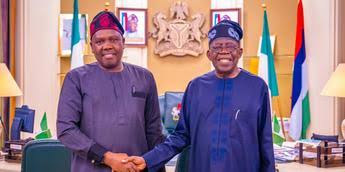The Ọwọrọ people are subgroup of the Yoruba people who can be found around the Niger-Benue confluence speaking a Yoruba dialect called Ọwọrọ ruled by the Olu of Ọwọrọ.
It covers 1,363km². Ọwọrọ towns include Obajana, Ijiho, Akpata, Otada, Igbonla, Tajimi & Felele-Lokoja.
They are generally classified as part of Northeast Yoruba (NEY) of the Yoruba people.
Ọwọrọ people speak a dialect of Yoruba, linguistically similar to other Okun dialects.
Virtually all Oworos can fluently communicate in Yoruba. They can as well converse to a great extent with speakers of other Okun dialects since the languages are mutually intelligible.

In addition to speaking Ọwọrọ, those in the eastern axis can also speak Igbira Igu (Egbura).
They are classified among the Northeast Yoruba alongside the Yagba, Gbede, Owe, Ijumu, Bunu & Kiri.
The origin of the Oworo is linked to 3 brothers who left Ife to area around the present day Oworo Land.
They name the place ‘Owo mi ro’ which means; My hands are full of blessings.

The Murtala Muhammed bridge on the river Niger where travellers cross from Lokoja, Kogi state into the Northern half of Nigeria when coming from the south is in Oworo land. That exact point is at Ohinki Jamata Oworo.






























